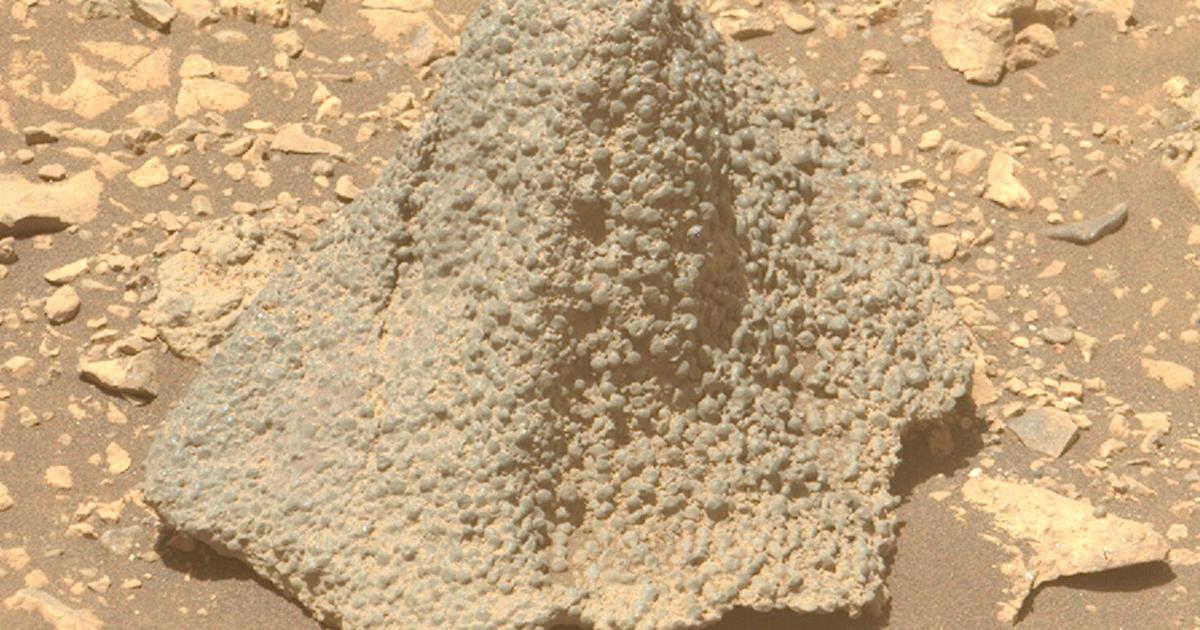With more than 25 years of motor racing experience, Paffet brings a rich and dynamic perspective to CUPRA KIRO which joined Formula E for the 2024/25 season and ended the campaign with a maiden podium, pole position, and landmark victory at the Jakarta E-Prix.
Get exclusive content
Sign up today to view
Exclusive Content
A former professional racing driver, the Brit won the highly competitive DTM series in 2005 and 2018 and served as a test driver for McLaren in Formula 1 from 2005 to 2014. He made his Formula E debut with HWA Racelab in the 2018/19 season.
After retiring from competitive driving in 2019, he joined Mercedes EQ as Sporting & Technical Advisor. He later became Team Manager in between the team’s back-to-back Formula E Drivers’ and Teams’ World Championship titles, playing a critical role in both positions. When the team transitioned to McLaren, he continued in the role and also took on the position of Sporting Director.
“I’m incredibly excited to be joining CUPRA KIRO at such a pivotal point in their story,” says Paffet. “When the team approached me about the opportunity, it was immediately clear that they’re building something ambitious and future focused.
“Throughout my career, I’ve been fortunate to experience success, and I know just how competitive, dynamic, and demanding this championship is. That’s why it’s so important to have the right culture, processes, and attention to detail in place from the ground up.
“I’m looking forward to working closely with Russell, Alex, the drivers and the whole team to help shape the next phase of CUPRA KIRO’s development and ensure that we’re in the best possible position to continue challenging at the front.”
Reporting into Chief Operating Officer, Russell O’Hagan, Gary is the ideal candidate to further strengthen CUPRA KIRO’s operations ahead of the arrival of Formula E’s fourth generation in late 2026.
His appointment marks the first in a series of planned additions to CUPRA KIRO’s leadership team as the organisation continues to scale up for sustained long-term growth and success in Formula E.
“Bringing Gary on board is an exciting and important step for CUPRA KIRO as we continue to grow and mature as an organisation,” said Russell O’Hagan, Chief Operating Officer, CUPRA KIRO (pictured right).
“For our first season, we set ambitious targets around building a high-performance culture while laying the groundwork to become a consistent force in Formula E. Gary’s skill set is unique and second to none.
“He’s won at the highest level, both as a driver and as an operator, and knows exactly what it takes to deliver World Championship titles in this series.
“We’re thrilled to welcome him to the team and I’m confident that, with his expertise, we’ll be even stronger as we head into the 2025/26 season, looking to take the next step in our journey.”
Find out more
CALENDAR: Sync the dates and don’t miss a lap of Season 11
WATCH: Find out where to watch every Formula E race via stream or on TV in your country
TICKETS: Secure your grandstand seats and buy Formula E race tickets
SCHEDULE: Here’s every race of the 2024/25 Formula E season
HIGHLIGHTS: Catch up with every race from all 10 seasons of Formula E IN FULL
PREDICTOR: Get involved, predict race results and win exclusive prizes
HOSPITALITY: Experience Formula E and world class motorsport as a VIP
FOLLOW: Download the Formula E App on iOS or Android














